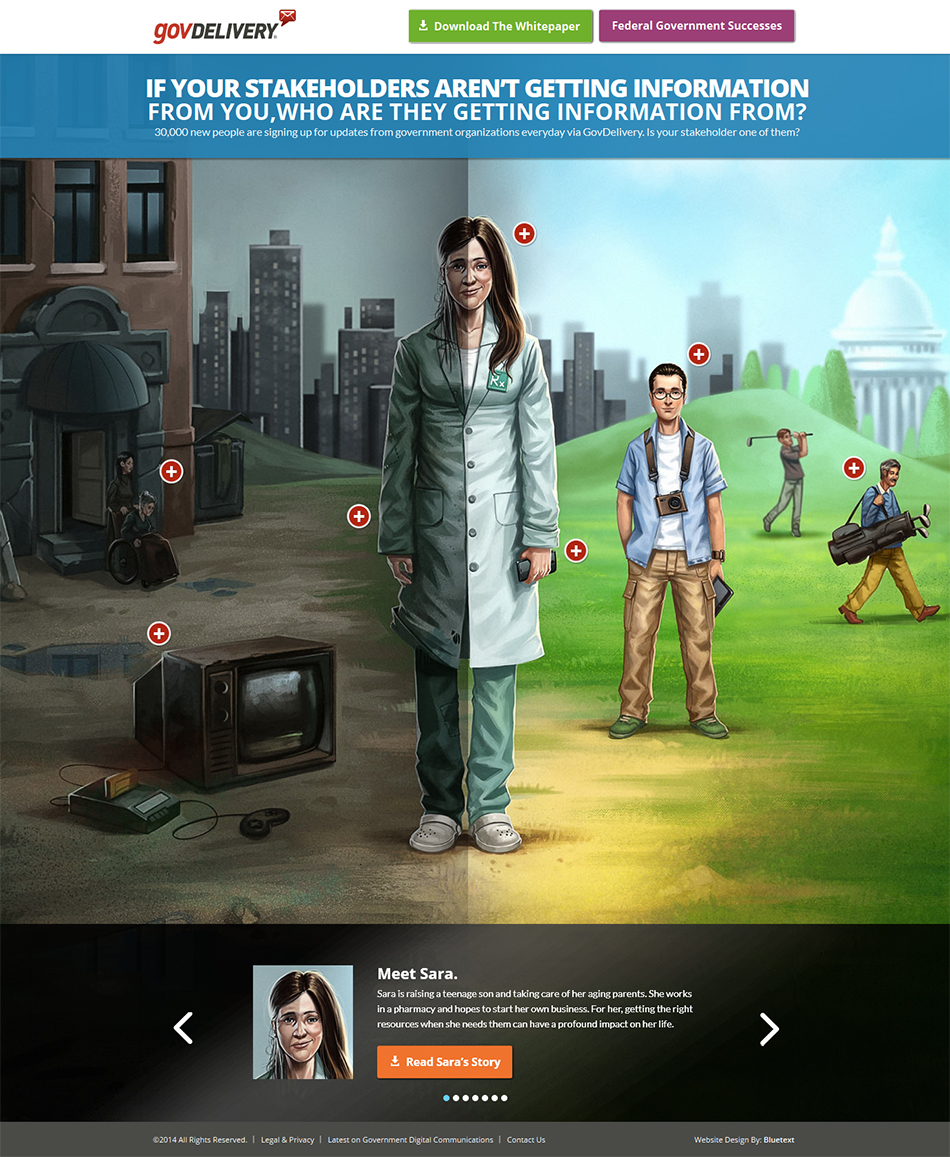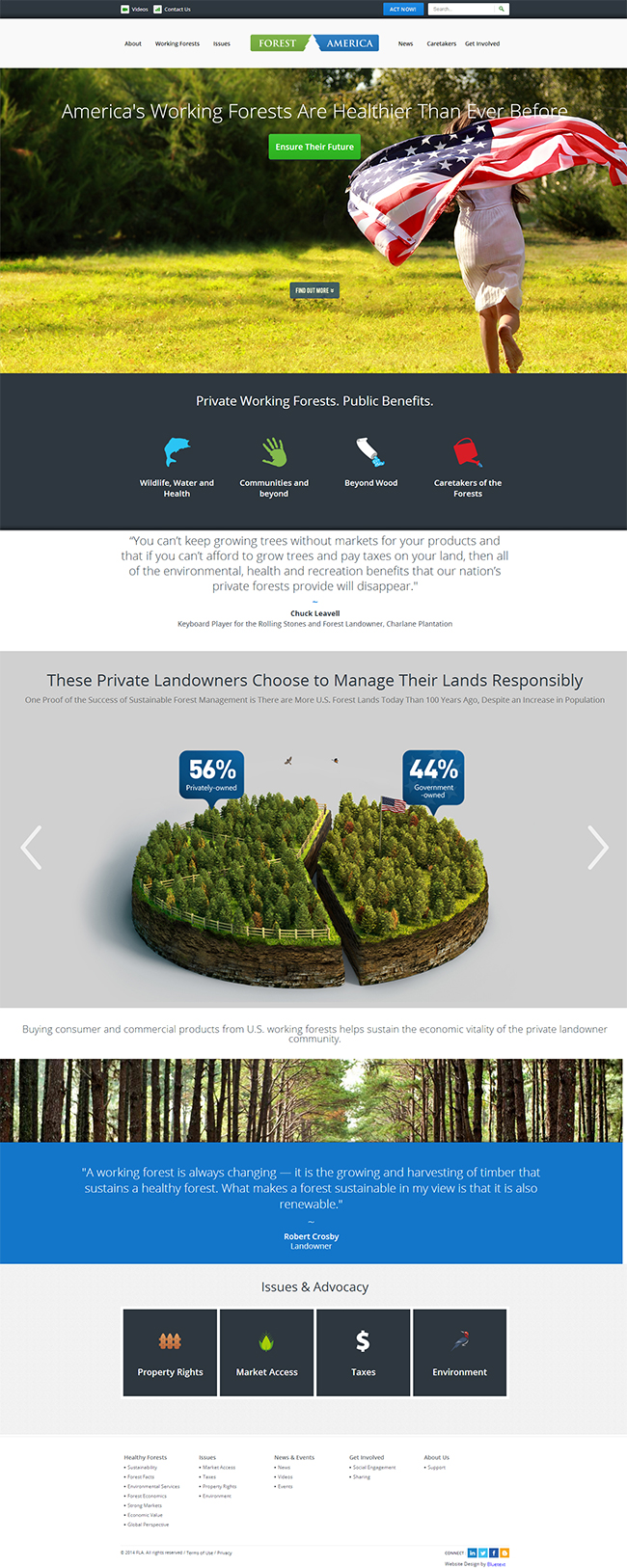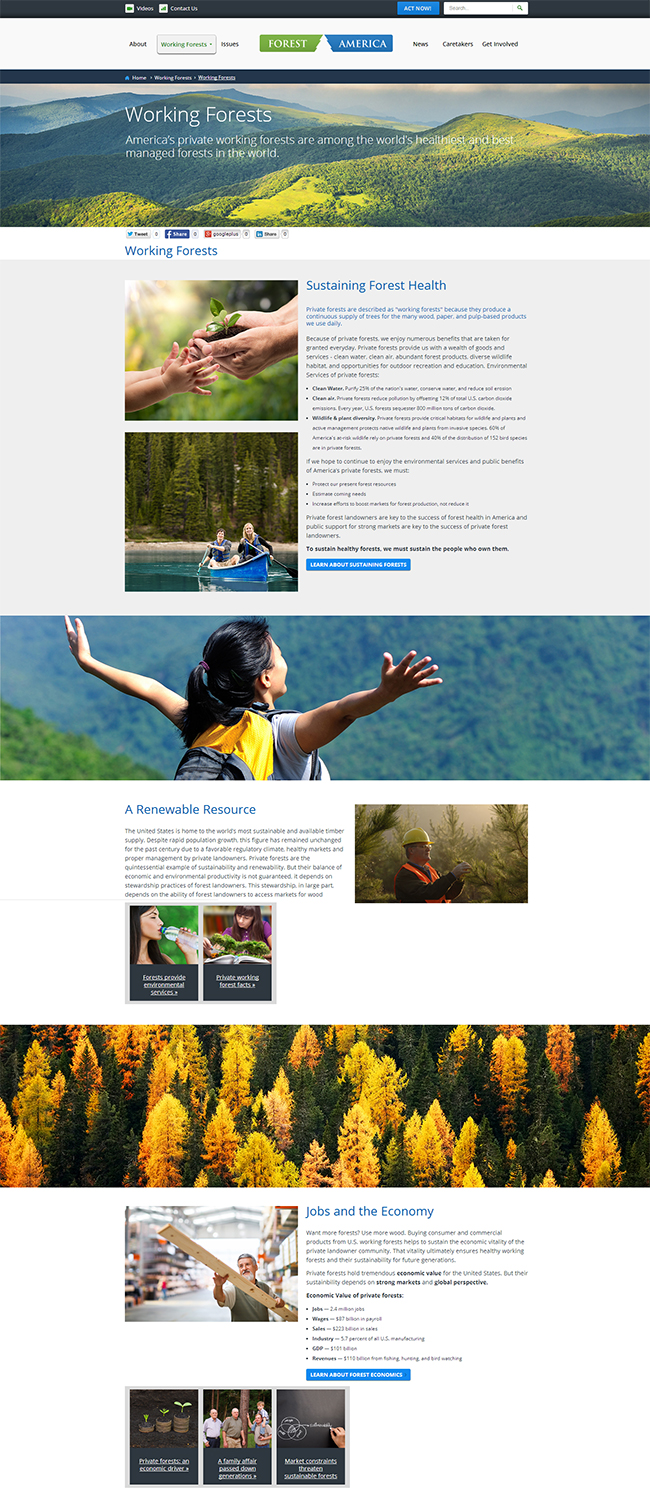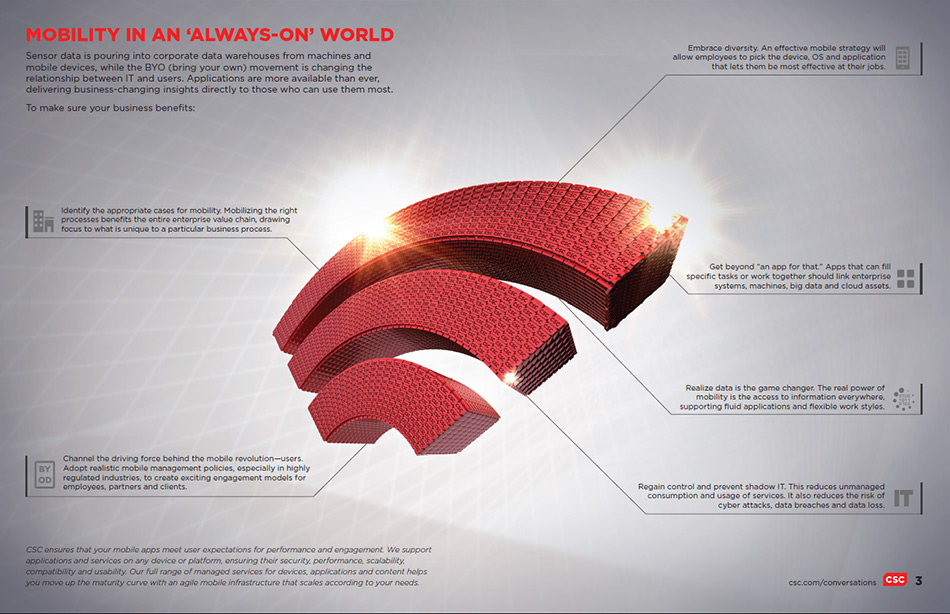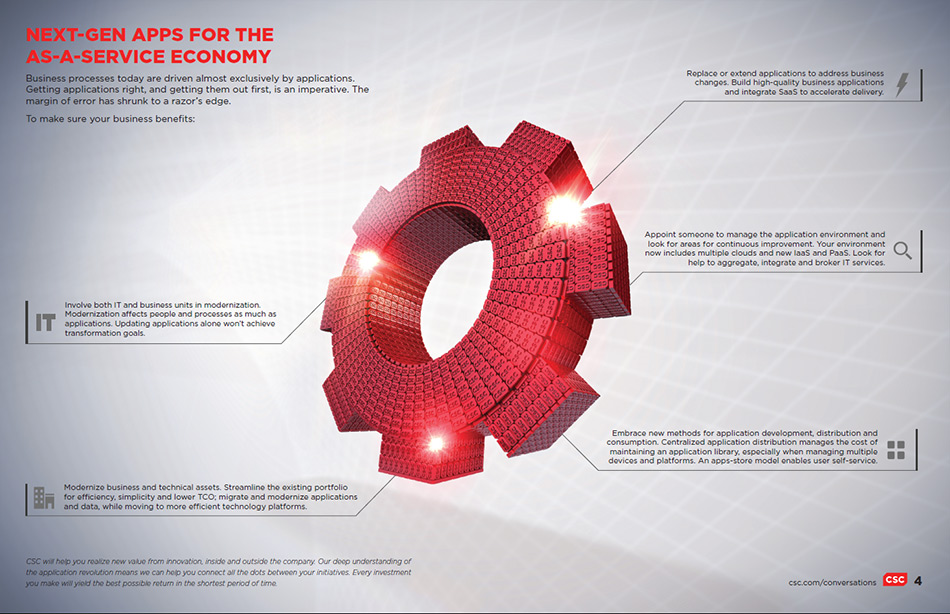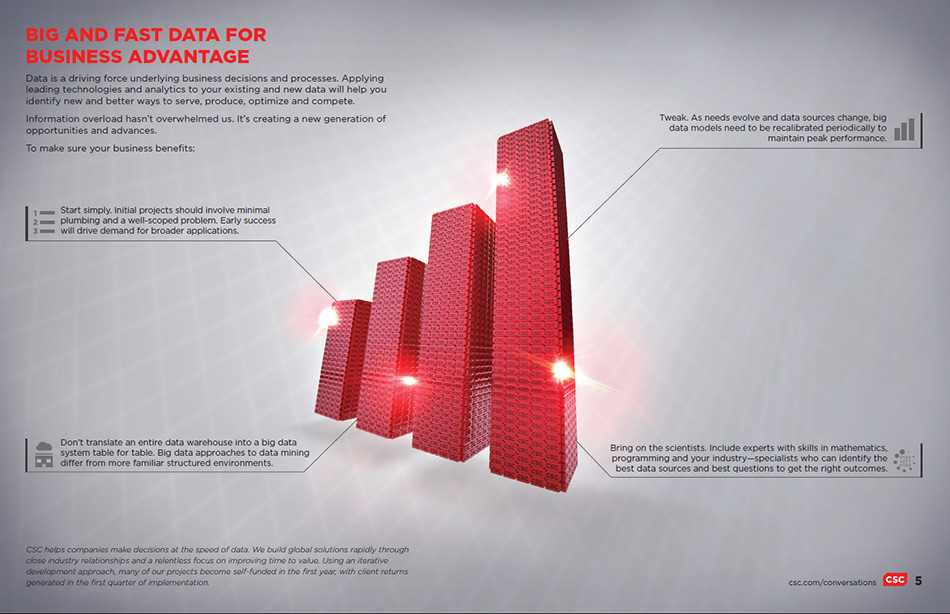In the ever changing world of digital marketing the phrases we hear from our clients more and more are around the “Customer Journey” and achieving pinnacle SEO success for their brands.
In order to address this lets first break down the two ingredients:
Search Engine Optimization Best Practices:
- Define Your Target Audience and Their Needs
- Categorize Keyword Research
- Find Gaps and Opportunities
- Define Competitors
- Learn From Your Competitors
- Customize an SEO Strategy & Recommendations
- Create must-have SEO Recommendations
- Prioritize and summarize
Customer Journey Best Practices:
These are five points any company contemplating, planning, or already undertaking a customer journey initiative should consider:
- Define the Behavioral Stages
- Align Customer Goals with the Stages
- Plot Out The Touch Points
- Determine If Your Customers Are Achieving Their Goals
- Create Recommendations for Change
Now that you have your SEO and Customer Journey Best Practices in place, here is your roadmap to creating an SEO Customer Journey:
1) Create your own customer journey map.
2) On your map, identify the specific points at which a user is conducting one of the three types of search queries (navigational, transactional, or informational).
3) Make a list of keywords/queries for each point in the customer journey that involves a specific query type.
4) Connect each keyword to a specific method of SEO strategy.
Now, take those keywords and plug them into your SEO strategy. How? Let’s take one keyword from the above example — “how much storage can I afford?” Here’s what you might do:
1) Create a page on the website
2) Page title: “How much storage can I afford? | Storage Planning”
3) H1: “How much storage can my business afford?”
4) Article: Discuss answers to this question in the article, and provide a clear Call to Action (CTA) at the end.
5) Create a series of four evergreen blog articles that deal with this question. Use this keyword and any long tail variations of ”how much storage can I afford?”
6) Create an infographic that answers the question “”how much storage can I afford?”
7) Interview several experts on storage affordability, and post a video series on YouTube.
Ever since Google’s last significant evolution of its search engine algorithm, known as Hummingbird, the marketing world has been treading water trying to understand how to drive search traffic to digital campaigns and websites. In the pre-Hummingbird era, search could be gamed by gaining multiple links back to a page and installing keywords throughout the content. So-called “Black Hat” experts charged a lot of money to get around the rules. In today’s Hummingbird era, it’s no longer only about keywords, but rather having good content with a smart keyword strategy that is relevant to the target audience. Attempting to manipulate the system through meaningless links and keyword overload no longer affects the search results.
While the Google algorithm is extremely complex, SEO itself is not complicated. It’s actually very easy to understand. In sum, Google’s algorithms are designed to serve the best, most relevant content to users. That’s the filter that any company or organization needs to use when deciding whether any particular activity that is part of your online strategy will have an impact on your SEO.
It’s just difficult to execute.
For example, if you’re thinking about blasting a request to bloggers to link back to your site, don’t bother. If they haven’t created good content, it won’t make a difference. Want to change the title of every page on your site to your key search term? It won’t work. Thinking about jamming every keyword into a blog post? If it’s not good content, don’t do it.
The challenge is determining the definition of “good content,” at least as far as Google is concerned. That’s where the hard work begins. Good content is not a subjective evaluation, but rather an analysis that the web page or blog post is relevant to users as measured both by the type of content and the extent of its sharing by other influential users. Let’s break those apart and take a closer look.
The merit of the content is important because if Hummingbird detects that it’s crammed full of keywords, or that it is copied from other sites or even within other pages of the same site, it will quickly discount the relevance. The Google algorithm will see right through those types of attempts to create SEO-weighted pages. Good content needs to be original and unique.
More importantly, good content is also a measurement of how much that content is linked to or shared by influential sites and individuals. When you have created a blog post or web page with good, relevant content, it is vital to share this with your intended audience and with influencers that they trust. This is the hard part. There are no shortcuts when it comes to developing good content and in getting it in front of your audience. Nor are there easy ways to identify trusted influencers and get the content in front of them.
For the content itself, the goal is not just to be informative and provide the types of information that the target audience is seeking, although that is important. The goal is also to have that information shared, whether via social media platforms or through other sites and feeds. That means it must be interesting and sometimes even provocative so that the intended audience takes the next step and slips it into its own networks. It should challenge the conventional wisdom, offer valuable and actionable insights and educate the audience with information not already known. And it must be relevant to the audience.
How do you find the right influencers for your audience? That’s not easy, either. At Bluetext, we do in-depth research into who is talking about the topics and issues important to our client campaigns, and then evaluate each of those potential influencers to determine the size and reach of their audience. These can include industry insiders, trade journalists and columnists, government officials, and academic experts.
A solid SEO strategy takes time and patience, and a lot of hard work. It’s not complicated, but it is difficult.
In an era of budget cuts and dwindling resources, hundreds of government organizations are achieving real success and showing a measurable return on investment using GovDelivery’s communications platform to communicate their messages and services.
Bluetext was hired by GovDelivery to help them reach public sector organizations who can benefit with tremendous cost savings while reaching more people, automating complex communications and driving mission value through deeper engagement with the public.
Bluetext conceived and designed a responsive landing page with an infographic demonstrating the benefits of using GovDelivery for Government agencies as the centerpiece of the campaign. We also developed a responsive email template and infographic poster to be used across many marketing channels.
Across the federal government, agency IT leaders demand integrated approaches to technology to tackle their most pressing mission challenges. Govplace, a leading enterprise IT solutions provider exclusively to the public sector, turned to Bluetext to develop FedInnovation (www.fedinnovation.com), a destination designed to help government agency executives get the latest information on current technology challenges and solutions for big data, cloud, security, mobility and storage. Developed in conjunction with leading technology providers including Dell, Intel Security and VMWare, it includes exclusive content, videos, blogs, and real-time social feeds.
FedInnovation represents the concept of combining relevant, fresh content, complementary offerings, and financial resources to deliver an educational platform to drive awareness and leads for Govplace across its target market.
From this platform, Govplace will drive blog posts, webinars, and other marketing programs to ensure its target audience understands the value that it, working with the leading IT providers to the Federal Government, can deliver.
The development of platform is a continued focus for Bluetext as we look to conceptualize, design and develop creative solutions that deliver measurable business impact for our clients. We are finding that the customers of our clients are demanding unique experiences with premium content delivered in an easy to consume manner. That is the goal behind FedInnovation. Explore FedInnovation today (www.fedinnovation.com).
The landowners of America’s working private forests had a large challenge: Few people outside the forest landowners community understood how private forests were different from Federal and state-owned forests, how their landowners were managing the lands in a way that was sustainable, and how as a result our private forests are healthy and growing. Instead, the image was often based on mis-impressions and confusion. The landowners asked Bluetext to develop a new organization, together with a name and logo and a website that could serve as the repository for information about our private forests, the landowners who serve as caretakers while harvesting wood sustain-ably, and the issues they were are facing.
Bluetext proposed that this new organization be called Forest America, and designed a logo that would convey the important connection between our forest landowners and the conservation that they bring to America’s forests.
Bluetext designed a comprehensive website that is responsive for all devices and that uses wide banners and paralax images to give a strong sense of the value and beauty of privately owned forests. The site makes has calls-to-action to get involved throughout its pages as part of the strategy to recruit members and advocates for Forest America.
Bluetext also designed a multi-image infographic with key industry facts that is embedded in a sliding graphic that is accessed on the lower part of the homepage. Additional graphical elements include large banner images with text and compelling photography throughout. Forest America includes social engagement links, and in its next phase will embed polling functions and advocacy tools that will not only make it an effective tool with policy makers but also generate its own content that can be pushed out through its various channels.
Forest America has all of the design features that deliver a site that can help the organization achieve its advocacy and recruitment mission with both state-of-the-art functionality and stunning creative assets.
The landowners of America?? working private forests had a large challenge: Few people outside the forest landowners community understood how private forests were different from Federal and state-owned forests, how their landowners were managing the lands in a way that was sustainable, and how as a result our private forests are healthy and growing. Instead, the image was often based on mis-impressions and confusion. The landowners asked Bluetext to develop a new organization, together with a name and logo and a website that could serve as the repository for information about our private forests, the landowners who serve as caretakers while harvesting wood sustain-ably, and the issues they were are facing.
Bluetext proposed that this new organization be called Forest America, and designed a logo that would convey the important connection between our forest landowners and the conservation that they bring to America?? forests.
Bluetext designed a comprehensive website that is responsive for all devices and that uses wide banners and paralax images to give a strong sense of the value and beauty of privately owned forests. ?The site makes has calls-to-action to get involved throughout its pages as part of the strategy to recruit members and advocates for Forest America.
Bluetext also designed a multi-image infographic with key industry facts that is embedded in a sliding graphic that is accessed on the lower part of the homepage. Additional graphical elements include large banner images with text and compelling photography throughout. ?Forest America includes social engagement links, and in its next phase will embed polling functions and advocacy tools that will not only make it an effective tool with policy makers but also generate its own content that can be pushed out through its various channels.
Forest America has all of the design features that deliver a site that can help the organization achieve its advocacy and recruitment mission with both state-of-the-art functionality and stunning creative assets.
In an effort to rally its thousands of sales and customer facing teams at its Global Sales Conference in Dallas in April 2014, CSC turned to Bluetext to conceptualize and deliver a brand launch video and interactive experience around the key technology conversations that the company is focused on for the year ahead. The concepts of partnership and innovation, based on CSC’s decades of experience, came to life in an effort to position the company for the next wave of technology trends facing enterprises across the globe.
Bluetext built a storyboard concept around the “Road to Next-Gen IT”, and designed animated illustrations weaved throughout the video to most effectively tell the story. Now Bluetext is working on a virtual briefing center where CSC’s clients and entire ecosystem can come to learn more about these key technology conversations, set to launch in the next few months.
“Your focus, partnership and can-do attitude allowed us to deliver a complex world-class project in record time. Your ability to co-imagine and co-create with us is appreciated and valued greatly.”
Director of Global Brand & Digital Marketing
CSC
There probably isn’t a week that goes by when you don’t come across – on television or radio, in print, online or via social media – a research survey on a consumer or business topic. What factors lead a survey to pique the interest of reporters, analysts and social media influencers? Why do some surveys resonate with everyday consumers or workers, while others flounder and quickly fade into obscurity?
Surveys are conducted not just to generate external attention, but also to guide internal decision-making. To ensure your research survey is constructed, managed and communicated most effectively, below are 9 strategies to consider.
Ensure survey is not duplicative
Surveys are an effective tool to gain market intelligence and generate attention from key press outlets and influencers. As such, it is very likely that competitors and others in your space have conducted research that touches on similar themes. If you are building a survey designed for external consumption, scan competitor news sections to see surveys they have released, and conduct more expansive searches on anything that might resemble your survey.
If others have touched on your survey theme, it doesn’t mean you need to avoid it. Instead, develop angles not previously covered and, most importantly, understand when competitors put out annual surveys so you are not conflicting with that timing. If two surveys come out that are similar in theme but have different results, reporters will question the viability of both and may choose to avoid covering the data altogether.
Aim for contrarian results
Surveys that tend to be widely reported and viral are ones where the results buck conventional wisdom. The satirical publication The Onion once ran the headline, “Poll finds majority of Americans have never met William Dafoe.” The faux poll headline pokes fun at real surveys that come up with unsurprising results. And while this is headline news for The Onion, predictable survey outcomes are a death knell for generating survey coverage.
Generate questions that you believe might lead to unexpected answers, because results that counter expectations will prove most interesting to the market because you are telling them something they don’t know, not simply reinforcing their previously held assumptions.
Ensure data will have external and internal value
From time to time, I’m brought into a survey process near completion, and find that many of the questions have been designed for the company to gain useful intelligence for internal purposes. This could be research for a pending product launch or a company pushing into a new market. Often, the questions are suitable for internal intelligence, but rather useless for externalizing the data. This is due to the fact that the questions don’t follow a cohesive theme and are too scattered to assemble into a strong media story, lack the necessary filtering to break up results in a meaningful way, or lead to answers that are just plain boring. This is a wasted opportunity; research surveys are not cheap, and that means you want to squeeze every possible ounce of internal and external value out of it. You can’t go back and add something after the survey is complete, so take the time to think about questions and answers that can serve multiple objectives from day one.
Use surveys to support product/service launches
Contrarian and compelling results are great, but if they undermine business objectives the survey is rendered useless. For example, let’s say your company is in the process of developing or launching a new Cloud-based mobile videoconferencing solution for small businesses and want to conduct a survey showing that the small business market is demanding this type of product. Be sure to have enough knowledge of the market to surmise whether it is ready for the solution, because if survey results come back and are underwhelming, you will likely not want to externalize that data.
A better way to approach this scenario is to flip the questions and focus on what this market is looking for in a mobile videoconferencing solution from a price, features, and functionality perspective. This strategy not only generates less threatening results, but also provides valuable intelligence to ensure your product matches what the market is looking for.
For survey questions, KISS (Keep it simple, stupid)
A key objective of a survey is to generate deep, meaningful results. That said, the more complex the Q&A, the more difficult it can be to communicate survey results to the media. For example, let’s say you ask the following question: “One-third of executives who have been in their position more than five years have strong compliance measures in place.” These results are a tough sell because they introduce multiple data points and filtering into a single response, and it is unclear if this filtering even has any added significance. Develop questions that will generate clean, easy to consume data points that a reporter, analyst, business decision maker or the lay consumer can relate to.
Make data more ‘consumable’ with infographics
While there will always be an audience receptive to deep, granular survey data, most individuals do not have the time or wherewithal to sift through pages of text and numbers – no matter how compelling the results are. Instead, marketers are seeing better traction when the data is presented through engaging, visual infographics. Images and videos are used ‘tell a story’ through the data that can be consumed quickly and easily. Infographics also allow organizations to imprint their brand look and feel with the data, and direct audiences visually to data points that you feel are most significant or beneficial to broader story.
Go one step further with ‘snackable’ graphics
In the era of social media, even some larger visuals are not optimal for the condensed content formats of Twitter, Facebook, LinkedIn and Vine. To ensure that survey data can be easily communicated via social channels, create ‘snackable’ or ‘bite-sized’ graphics that are scaled down to a more shareable format. These graphics are sized to remove the extra step for consumers of the graphic to have to click on a lick or navigate to the full-sized graphic.
Use survey results to anchor thought leadership
Sure, many organizations conducting a survey might build a white paper or report around the date and put out a press release, but this leaves several other opportunities on the table. Don’t be the organization that spends $50,000 on a survey, has the results come in, and only then asks what they are going to do with the data.
If the results tell a strong story, extend the life of the results by building content around the data, such as byline articles that can be placed in target publications, webinars, conference speaker entries, and slideshare.
Create a home for your survey
Depending on budget and ultimate objectives, there is value in creating a digital home for your survey to live at for an indefinite period of time. If the survey is unique enough in nature, it is not uncommon for the data to be cited by press, analysts, and even other companies for weeks and months after the survey is released. If organic search leads individuals to a landing page that is dynamically updated with complementary and current information – rather than routing searchers to a dated, static press release – the benefits of the survey can have a long shelf life.
This digital home can include other types of content referenced in this column, such as infographics, white papers, byline articles and videos that support the data or relate to it.
– See more at: http://www.agencypost.com/9-pr-and-digital-marketing-strategies-to-promote-a-marketing-survey/#sthash.E4HMxGxi.dpuf
It certainly feels as if a traditional approach to media relations is on a downward slide to oblivion. With so many ways to connect directly with prospects, customers, and influencers, many companies are questioning the investment in old-school earned media. Even social media-based PR has become pervasive enough to feel ‘traditional’ to some degree. And with sponsored content, native advertising and pay-for-play by-lines gaining in popularity, it’s understandable that many marketers are becoming more deliberate in figuring out how to best structure a long-term public relations campaign. But as we like to tell our clients, while digital strategies are an essential part of the marketing mix, traditional media outreach is still important. Here are five common myths about public relations in the year 2014 that are worth examining:
1) Traditional PR is becoming irrelevant. This is a very tempting myth to buy into because fewer publications are thriving; and because fewer reporters are employed by those publications, it calls into question readership and impact. We continue to see layoffs across the media landscape, and some trade pubs have closed their doors. Print readership is way down, but many of these publications have maintained or upped their commitment to digital content. All of this is not necessarily an indictment of earned media as much as it is the “printed form” of earned media, which we still feel provides tangible validation of a company’s products or services, and enables thought leaders to shape conversations. An independent analysis from a credible publication will always be taken more seriously than your own marketing. In addition, the search engines continue to value original “good” content from news outlets over sponsored articles.
2) Sponsored content is just as good as earned media. It is true that target audiences are looking for good content, regardless of where it is published and by whom. Still, editors are struggling to incorporate sponsored content into their online publications. They know it’s a nice revenue stream, but they are still hesitant to do anything that might confuse their readers by making native advertising look too much like their own writing. As a result, it often is marked with their own version of a scarlet A—clearly denoting it as a paid placement.
3) Get a good article placed, and everyone will see it. It wasn’t that long ago that a print publication would get passed around an office so that actual readership might be many times the circulation. Those days are long gone, and many trade pubs have shifted to online only. That means that the likelihood that an individual print article will be seen and viewed by the right audience is falling. Instead, today’s media currency is sharing through social channels as well as direct outreach. We tell our clients to aggressively market their earned media placements as much as possible, and every good PR program needs to have a solid social media strategy. That increases the chance that prospects see the article as you can’t just assume that the target audiences you want to see the content will stumble across it organically. In addition, the search engines and social media algorithms put a premium on those that get shared the most, guaranteeing that the article will come up high in search results and in social feeds.
4) You can’t connect media coverage with leads and sales. Marketing and sales teams struggle to show a direct connection between media coverage and new sales leads. At Bluetext, we think that you can make that connection and show the value of media outreach, and that any smart PR program will have those types of metrics integrated into their campaigns based on tying media coverage to business objectives. There are effective methods to drive readers to landing pages and microsites, where re-targeting and other lead generation connections can be made and measured. The key is being smart about the tools you use and the results you are looking for.
5) Traditional PR is slowly but surely going the way of the dinosaurs. This myth is probably closest to some version of reality, depending on how one defines ‘traditional.’ As I said earlier, print as a PR medium is declining, but there are still news sources for which media coverage can have impact. At the end of the day, good content is good content, no matter where it is published. Getting that good content to the right audiences means using all of the platforms—traditional and digital. No one can afford to put all of their eggs in one basket anymore. Campaigns must be integrated and coordinated for maximum impact.
Communications agencies often hype the endless ways to measure social media. The problem is, while some of these ways are useful, most are confusing and noisy. Confidently measuring the impact of your online conversations has been elusive.
That’s why Bluetext, together with our partners at General Sentiment, is launching SocialRank, a tool for brands to see how their company compares to others in the social media sphere. What’s different about SocialRank?
1. It takes an instant snapshot of chatter about your brand across the Internet.
2. It measures the chatter’s volume and sentiment.
3. It compares your data to those for well-known brands, including Apple, Microsoft, McDonalds, Android, and the Obama White House.
Why does this matter?
1. Social media offers not only an important way to see how your company is perceived among key audiences; it is also an early warning system for market, service, and competitive challenges.
2. We think that how people talk about your brand is often more important than how much they are talking about it. Measuring that sentiment—be it positive, neutral, or negative—lets executives know whether they are on track with their marketing and branding efforts, or if they have a problem they need to address.
3. You can use SocialRank to plug in your competitors to see what you’re up against.
But SocialRank is only a start to understanding your reputation across social media. Bluetext can help any company fully analyze its reputation across the Internet—whether your brand is ahead of the competition or losing ground, whether your messages are resonating with key audiences or falling flat, and whether you have vocal advocates or persistent critics. Armed with those results, we can design and implement a social media program that reinforces your positive values, while navigating the waters of critics and competitors.
So give SocialRank a try, and then give Bluetext a call to see what we can do for your brand.
